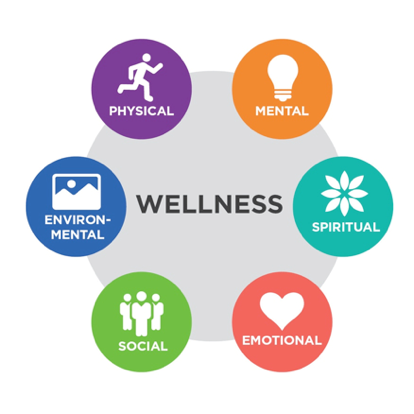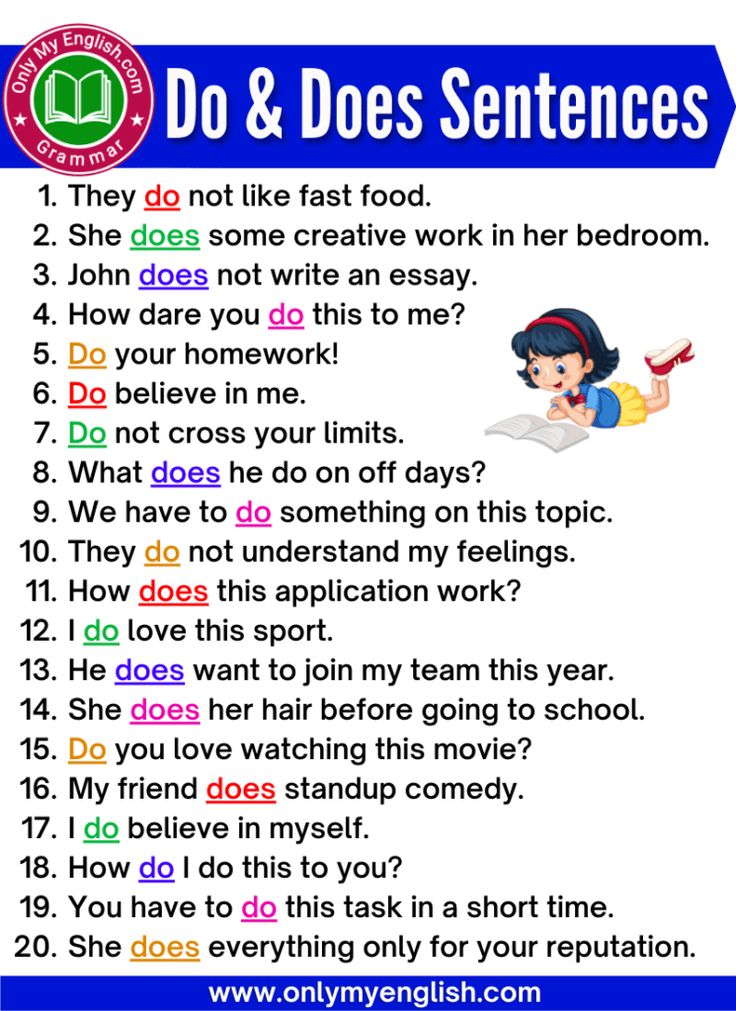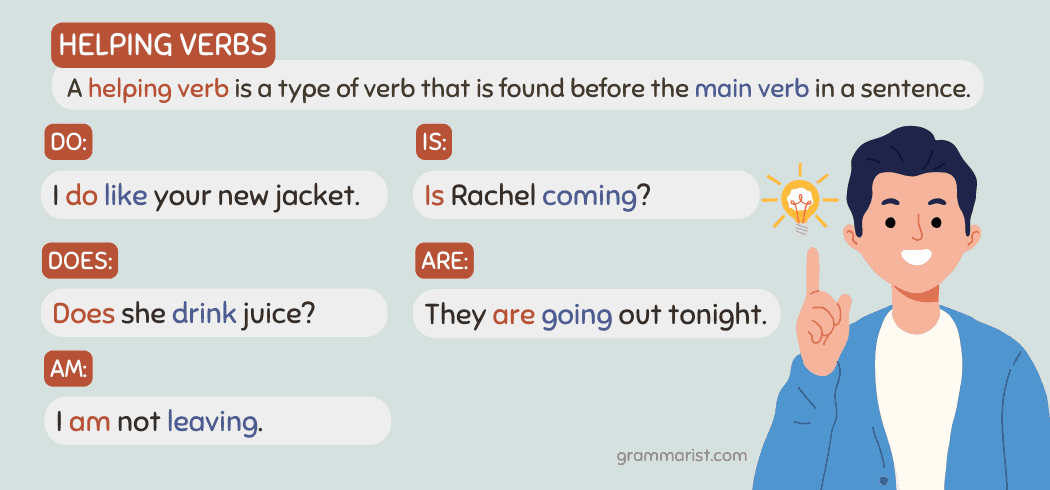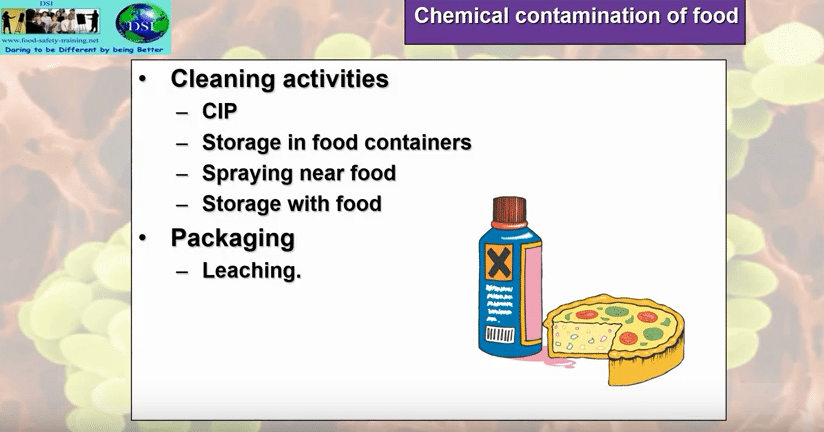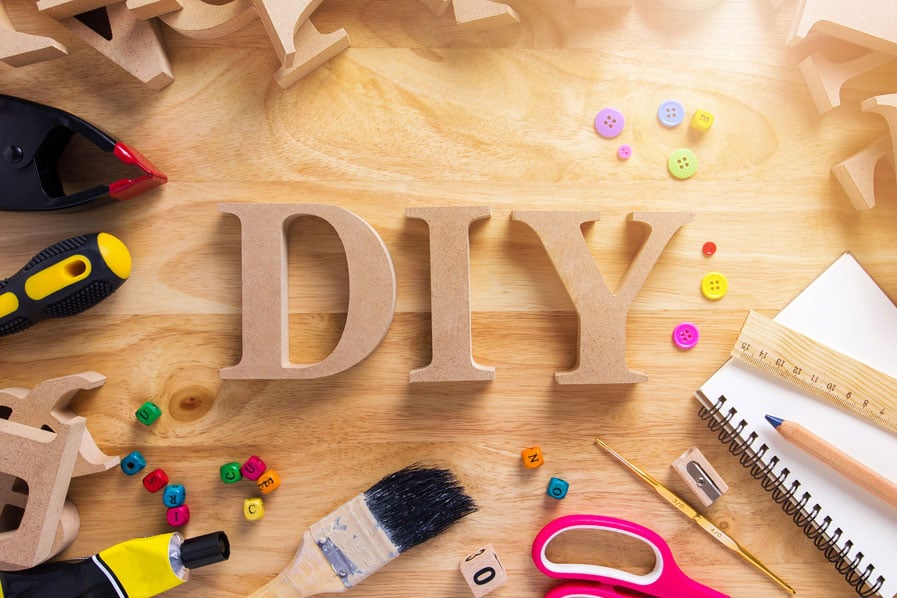Essential Jewelry Safety for Food Workers: Balancing Style, Hygiene, and Compliance
Introduction: The Challenge of Jewelry for Food Workers
Food service professionals often face a dilemma: expressing personal style through jewelry versus following strict safety and hygiene regulations. While jewelry can be an important part of individual identity, it also poses risks in food preparation environments. Understanding the rules, safe alternatives, and practical solutions is crucial for food workers who enjoy wearing jewelry while maintaining compliance and professionalism.

Source: auspost.com.au
Why Jewelry Regulations Exist in Food Service
Regulations about jewelry in the food industry are not arbitrary-they are grounded in public health and safety concerns. Jewelry can harbor bacteria, trap food particles, and even become a physical hazard if it falls into food. According to food safety guidelines, including those established by the U.S. Food and Drug Administration (FDA) and local health authorities, the risk of contamination and injury is significantly increased by items such as rings, bracelets, necklaces, and body piercings [4] . This is why most establishments enforce strict dress codes and limit the types of jewelry that can be worn on the job [1] .
Common Risks of Wearing Jewelry While Handling Food
There are several reasons why jewelry is considered a risk in food service:
- Hygiene: Bacteria and food particles can accumulate in crevices of rings, bracelets, and other jewelry, even after hand washing [4] .
- Physical Hazards: Jewelry can become loose and fall into food, creating choking hazards or damaging equipment.
- Interference with Tasks: Large or dangling jewelry can get caught on equipment, cause distractions, or interfere with hand washing and glove use [3] .
Given these risks, regulations are designed to prioritize both customer safety and the integrity of the food served.
What Jewelry Can Food Workers Safely Wear?
Most food safety regulations allow only minimal jewelry. The following items are typically permitted, but always check your workplace policy and local laws:
- Plain Wedding Bands: Simple, unadorned rings without stones or intricate designs are generally accepted [3] .
- Simple Stud Earrings: Small, secure studs that do not dangle or protrude are usually allowed [5] .
- Silicone Rings and Wristbands: These are often accepted because they are easy to clean, flexible, and less likely to trap bacteria [1] .
- Medical Alert Jewelry: Medical alert bracelets or necklaces may be permitted in accordance with health and safety codes for emergency identification [3] .
All other jewelry, especially items with stones, intricate designs, or loose fittings, should be avoided during food handling.
Best Practices for Food Workers Who Like to Wear Jewelry
If you value wearing jewelry, you can still express your style by following these best practices:
- Choose Minimal and Secure Pieces: Select jewelry that is small, snug, and free from stones or complex designs. Silicone or stainless steel are good choices for durability and hygiene [1] .
- Regular Cleaning: Clean any permitted jewelry thoroughly and regularly to minimize contamination risks. Pay special attention to grooves and under rings.
- Remove Jewelry Before Shifts: Prepare for work by removing prohibited items before entering food prep areas. Keep a designated storage pouch or locker for your jewelry to prevent loss or contamination.
- Follow Handwashing Protocols: Even with permitted jewelry, always wash your hands thoroughly, including under rings or bands, before handling food [5] .
- Consult Your Employer: If you have questions about what is allowed, speak with your supervisor or HR department and request a copy of the company’s dress code policy.
Case Study: Food Worker Navigating Jewelry Regulations
Consider the experience of Maria, a line cook who loved wearing her grandmother’s gold ring and a pair of small silver studs. On her first day, she was informed that only plain wedding bands and simple studs were permitted. She switched to a plain silicone band and continued wearing her small studs, which complied with company policy. Maria made it a habit to clean her jewelry daily and store her sentimental pieces in a secure locker during shifts. By adapting her jewelry choices and staying informed about regulations, Maria found a balance between personal style and professional responsibility.
Step-by-Step Guide: How to Stay Stylish and Safe at Work
- Review Your Workplace Policy: Request your company’s official dress code or hygiene policy regarding jewelry.
- Purchase Approved Jewelry: Shop for plain bands, simple studs, or silicone accessories from reputable retailers. Choose items marked as hypoallergenic and easy to clean. Verify with your supervisor before wearing new items.
- Create a Pre-Shift Routine: Before starting your shift, remove any non-compliant jewelry and store it in a designated bag or locker. Double-check your hands and arms for any overlooked items.
- Practice Daily Cleaning: Use mild soap and water to clean permitted jewelry. Pay extra attention to hard-to-reach areas.
- Seek Alternatives for Medical Needs: If you require medical alert jewelry, inform your employer and ensure it complies with health codes. Medical alert bracelets and necklaces are typically allowed if they are snug and do not dangle [3] .
- Stay Up-to-Date: Regulations and company policies may change. Attend safety briefings and review updates from management regularly.
Addressing Common Challenges and Solutions
Food workers may face challenges such as losing sentimental jewelry, forgetting to remove items, or feeling that their self-expression is limited. To overcome these issues:
- Use a checklist before each shift to ensure all non-permitted jewelry is removed.
- Keep a secure jewelry pouch in your work bag for safe storage.
- Express your style outside of work hours or with permitted items.
- If you feel restricted, discuss reasonable accommodations with your employer, especially for medical or religious reasons.
Alternatives and Additional Pathways
If you are passionate about jewelry and find that food handling regulations are too restrictive, consider alternative roles within the industry, such as customer service or front-of-house positions, where dress codes may be more flexible. Always confirm policies with your employer before making any changes. For those who want to explore safe jewelry options, consider searching for “hypoallergenic silicone rings for food workers” or “compliant stud earrings for food handlers” at major online retailers. If you need further clarification, contact your local health department or food safety authority for official guidance.

Source: wallpapers.com
Summary: Balancing Personal Style and Food Safety
While food workers who like to wear jewelry must navigate strict regulations, it is possible to maintain a sense of personal style by choosing safe, compliant accessories. Understanding the rules, prioritizing hygiene, and communicating with your employer are key steps to success. By following best practices and staying informed, you can confidently balance your passion for jewelry with your commitment to food safety and professionalism.
References
- [1] Atolea Jewelry (2025). What Jewelry Can Food Handlers Wear While Working: Best Choices.
- [2] Zelveti (2025). What Jewelry Can Food Handlers Wear While Cooking?
- [3] Ateser Jewelry (2024). What Jewelry Can Food Handlers Wear While Working?
- [4] VWA (2015). What Jewelry Can Food Handlers Wear While Working?
- [5] Rarete Jewelry (2025). Jewelry Guidelines for Food Handlers: What’s Allowed and What’s Not.
MORE FROM eboxgo.com
